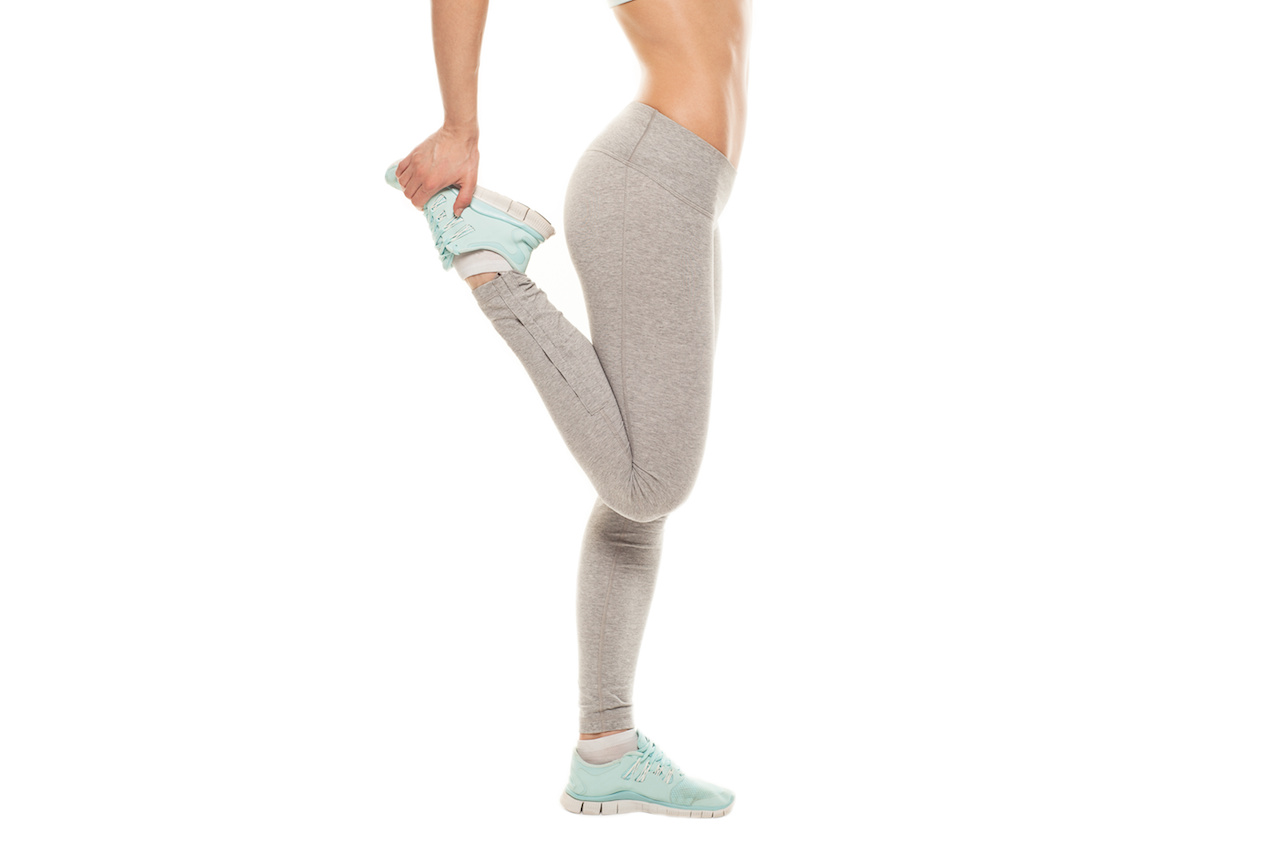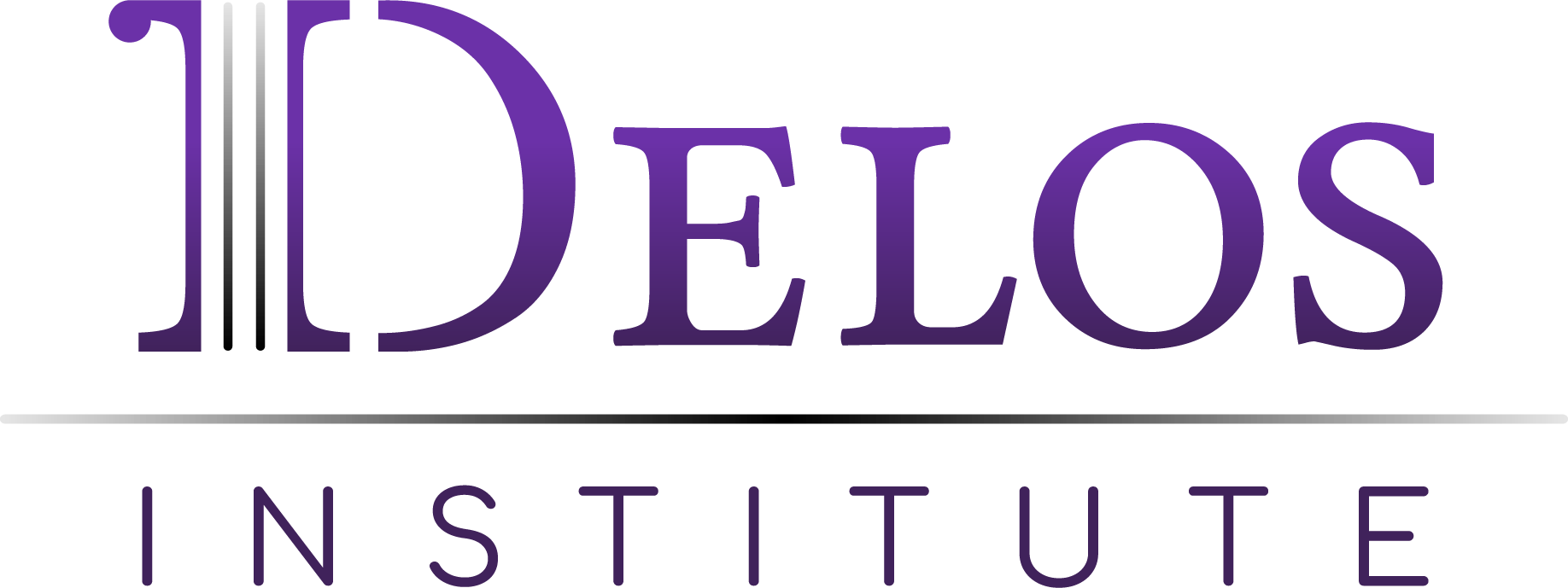
When people think of muscle health, they typically refer to strength, conditioning, flexibility and endurance – things accomplished in a gym or yoga studio. As a former professional athlete and current pain specialist, there is a missing component to determine if a muscle is healthy or has proper function
Myth #1: A Muscle Should Be Hard.
Muscles should always be soft, uniform and consistent. The only time a muscle should be hard is when it is in a contracted state (i.e. when it is actively flexed). If you feel the muscle fibers of a highly developed body builder, you’ll notice that the muscle will actually feel soft. When the bodybuilder flexes, the muscle will actually feel very hard and dense. This is a normal, healthy state of a muscle.
When a muscle is hard in a relaxed state, that means the muscle fibers have gone into a chronically contracted state and are incapable of relaxing. A muscle in this state will hurt and feel stiff because of the strain it puts on joints and the lack of pliability within the tight muscle fibers.
Myth #2: Stretching Will Decrease Muscle Tightness.
When tight muscles feel stiff, people have the urge to stretch, not realizing that conventional or dynamic stretching only stretches apart the healthy fibers – the fibers that are capable of elongating – but not those fibers that are hard and in a constantly tight state.
In my experience, the only way to loosen up these particular, tight fibers is using direct systematic pressure, which forces those fibers apart at the location of the pressure. As an example, think of a knot tied in the middle of a rubber band and the ends of the rubber band being pulled apart. Every part of the rubber band is stretching, except for the knot. This would be the equivalent of conventional stretching which pulls at the ends of the muscle. What I’m referring to is direct, perpendicular pressure into the knot itself and breaking it apart. Furthermore, muscle fibers are three-dimensional, which means pressure needs to be applied at multiple angles and deep into the tissue, forcing the separation of every fiber.
Myth #3: Foam Rolling or Deep-Tissue Massage Loosens Up Muscle Tissue.
When I talk about applying direct pressure into a muscle, most people think of foam rolling or massage. While these techniques feel good, they actually do very little to loosen up tight tissue. My clinical observation among patients that have utilized foam rolling or massage to get rid of their tightness is that the muscle still feels hard and maintains symptoms of pain and stiffness.
The reason these techniques are ineffective is because they merely move across the superficial surface of the muscle. They don’t penetrate deep into the tightness and don’t hold the fibers in a stretched position long enough to have lasting, effective impact.
Myth #4: No Pain or Stiffness Equals No Problem.
Repetitive motion and sustained contractions cause muscles to get tight over time. People spend years exercising and using their muscles while sitting at a desk, and then one day, it seems as if an injury or pain just happens. There is a certain threshold of tightness needed to have any symptoms of pain and stiffness. Being below this threshold gives the perception that there is no problem accumulating.
As the fibers continue to tighten due to use, an injury or pain appears to spontaneously occur, when in reality, there are years or even decades of tightness that has been developing within the muscle.
Final Thoughts
The purpose of this article is draw attention to very commonly made assumptions about muscle health that don’t address the full picture of what is happening in the body. I urge you to notice what I’ve outlined here as you engage in your daily activities. Your muscles should be soft if they are healthy. When you notice some parts of the muscle that feel hard to the touch while in a relaxed state, try stretching these muscles and see if they loosen up.
What you’ll find is that conventional stretching is useful for existing healthy fibers, but it will do nothing for tight, hard fibers. The best way to address these particular fibers, which cause pain and stiffness, is with direct, organized pressure. When the tissue loosens up by the use of pressure, you will notice that the muscles feel softer, more flexible, and you will have more strength, and better growth and function of the muscle. Focus on your muscle health now to avoid future issues and consider that exercise and stretching are only part of the solution.
- Water, IV Hydration And The Implications For Tight Muscles - July 15, 2019
- The Collagen Craze: How Collagen Peptides Differ From The Collagen Causing Your Muscle Pain - June 28, 2019
- Anatomy Trains, Collagen and the Delos Perspective - September 20, 2018


